For esports, every year seems bigger than the next. The industry is on an unprecedented upswing, and suddenly everyone is paying attention.
The New York Times has published a series of profiles on the industry, covering the insane phenomenon that is League of Legends, the hugely popular Call of Duty star Matt ‘Nadeshot’ Haag, and more. ESPN has started streaming the industry’s biggest events, and has been “delighted” with the results. And Twitch, once the upstart epicenter of esports, was sold for $1 billion to e-commerce giant Amazon. It was a big year.
We’ve already chronicled the biggest moments in esports this year. But, for better or worse, esports is a personality driven industry, much like traditional sports. So who are the people who mattered most? Who had the most effect on the industry, or gave us the most transcendent moments of the year?
Here’s our attempt to answer these questions. It’s not perfect by any means—no top ten list possibly can be. But one thing you can’t argue: Each of the people below had a tremendous influence on esports in 2014.
Bjergsen
League of Legends is the biggest esport on the planet, and the unassuming youngster Soren “Bjergsen” Bjerg may be its biggest star. One year ago, the then 17-year-old Dane moved to America to pursue his esports dreams by joining the New York Yankees of League, Team SoloMid.
He exploded onto the scene as a superstar, the first big ticket import into American scene, instantly becoming the top streamer for League on Twitch. Bjerg earned MVP honors for the Spring split of the LCS, setting the all-time record in Gold Per Minute.
Then Bjerg did what he was brought in to do—marshal Team SoloMid’s return to glory. The team won the League Championship Series title in the Summer Split, dethroning two-time defending champions Cloud9. Bjerg was the playoff MVP.
The Bjergsen-led Team SoloMid followed it up with their best Riot World Championship performance since Season 1 in 2011.
Bjerg is the perfect esports story—the kid who sacrificed everything for his dream, and succeeded at it. And at 18 years of age, the sky’s the limit for a player with his talent.
Jason “Amaz” Chan
Prominent figures in the Hearthstone community usually fall into one of two categories, player or streamer. Jason “Amaz” Chan is all of that and more.
Regularly attracting 35-50,000 viewers on his daily Twitch streams—despite broadcasting in the middle of the day—Amaz has become one of the most popular community streamers, partly because of his unique ability to make his audience feel involved in a team effort. His cries of “do we win?” have become one of the best known catchphrases in the sport.
Chan also had a very successful 2014 in tournaments winning IEM Shenzen and the M-House Cup, and coming second in the Viagame House Cup and DreamHack Summer. He was the first signing for both Team ROOT and later Team Liquid before leaving to form his own team, Archon, where he snapped up world champion Firebat as his marquee signing.
His popularity shows no signs of waning, and with the formation of his own team Chan will only become a bigger and more important figure within Hearthstone in 2015.
Craig “Torbull” Levine
Craig Levine built his reputation as the manager of one of Counter-Strike’s biggest names, Team 3D. Since then, Levine has set his sights beyond managing individual teams. He is the man behind ESEA, an American organization that offers players the chance to compete with a stronger anti-cheat client than Valve can provide, as well as Esports Services, a company working in running esports events and furthering the industry at large.
ESEA has had a big year on its own. Prize pools for North American and European leagues continue to grow, with the ESEA global finals being among the year’s biggest events in Counter-Strike: Global Offensive. There were also struggles, as was the case when it was revealed that the ESEA anti-cheat client had been mining bitcoins on the computers of users.
The anti-cheat client made a return to the news in a more positive light when its methods proved necessary to catch a number of high-profile Counter-Strike players cheating.
But Levine’s biggest move of the year was the sale of Esports Services to the Electronic Sports League, and the partnership it has produced between Levine and the ESL.
ESL, one of the premier esports event organizers in Europe, wanted to bring its brand to North America, and Levine was the perfect man to carry the banner. He’s helped to establish a serious ESL footprint, launching its first American production studio in Burbank, California, and bringing an ESL event to New York’s Madison Square Garden theater.
Matt “Nadeshot” Haag
It’s difficult to encapsulate Matt “Nadeshot” Haag’s contribution to professional Call of Duty in a few brief words. The New York Times recently dedicated 2300 words to encapsulating Haag’s lifestyle, responsibilities, career, and life within the esport.
But one need look no further than the popularity of Optic Gaming to understand Haag’s figurehead status. As the wiley, innovative anchor for the biggest team in CoD, his career already speaks to that of some of the most influential members of other esports.
It’s his personality outside of the game, however, that truly cements Haag’s place on our list this year. As an entrepreneur, his guidance has kept Optic Gaming relevant since the advent of professional CoD. As a player, competitor, and personality, his unabashed bravado and charismatic air have given him an almost paradoxical mix of arrogance and approachability that both intimidates opponents and engenders life-long fans.
Truly, Call of Duty and Optic Gaming in particular wouldn’t be what they are without Haag’s contributions. Whether he’s posturing after a big play, appearing on mainstream media, or signing autographs mid-tournament, Matt “Nadeshot” Haag is the kind of player that esports will look to when future stars begin their own ascent to glory.
Sundance DiGiovanni
Esports is an amalgamation of business models, competitive structures, and regional tastes; every game requires a steady hand to find its place in an increasingly complex environment.
Sundance DiGiovanni and his colleagues at Major League Gaming have given Call of Duty a home, navigating these factors with a level-head and a well-developed strategic outlook. The team boldly challenged Twitch for a share of the streaming market, establishing a go-to niche for players and fans. They then corralled big-name sponsorships and sponsored events to keep money flowing into the pockets of content creators at a higher rate than their biggest competition.
Through organic, yet ambitious growth and a bevy of connections, DiGiovanni has put Call of Duty on some of the biggest stages in North America. Most notably, this year’s X-Games in Austin, Texas marked the first time that medals were awarded to esports competitors. The event was a watershed for Call of Duty, raising awareness of the competitive scene while rewarding players who have endeavored for years to put the storied game in the greater public eye.
Love him or hate him, DiGiovanni has put Call of Duty streamers, competitors, and fans on solid footing. As momentum continues to grow, MLG is there to give it a push. Without MLG.tv and a concerted effort on behalf of the seasoned CEO and his staff, it’s hard to say where the game would be today.
Icefrog
Captivating esports titles depend on more than just players. They rely on a balanced and versatile battlefield with weapons and mechanics as dynamic as players’ imaginations.
In this world, where game design and balance personnel can make or break the future of an esport, “Icefrog,” stands above the rest. By manipulating seemingly arbitrary mechanics and introducing subtle yet powerful changes in each patch, he/she/they has created something unique in the world of esports: a title where “anything can work.”
But all of this pales in comparison to Icefrog’s greatest contribution: the MOBA itself. From a simple WarCraft 3 mod to the biggest stages imaginable, Icefrog has tinkered, tweaked, and refined the formula to create the most popular genre in the world. Without this singular sea change in the world of gaming, Smite, Heroes of Newerth, and even League of Legends itself simply would not exist.
Yet the anonymous entity continues to expend their time refining the timeless original; a game that has created as many shocking comebacks as nail-biting, crowd-pleasing finishes. Players and message boards continue to push the boundaries of the beloved game, but one thing is unmistakably clear: Dota would not be what it is today without Icefrog’s pervasive influence.
Xiao8
A member of the original $6 million Cruel Catastrophic Memories squad, Zhang “Xiao8” Ning is the kind of player most esports are too young to possess.
The Chinese legend’s career is nothing short of exemplary. In-game, Zhang attracted the attention from top Chinese sides year-after-year. This put him on the podium of The International in 2012 with LGD Gaming and, famously, garnered one million dollars at the main event with super-squad Newbee in July.
As a personality, Zhang’s career has been equally enviable. He continues to cater to a sizable streaming audience post-retirement and famously streamed his wedding to thousands of enrapt fans in October; a symbol of Dota’s significance in Chinese culture personified by one man.
No matter what jersey he’s worn, he’s given his all. No matter the pressure, he’s performed when it mattered most. Equal parts hard work, rare talent, and gregarious personality, Zhang’s career is one that will stand the test of time as a model for esports professionals to come.
Counter-Strike Cheaters
Without a doubt, the biggest story in Counter-Strike this year was the wave of cheating bans Valve rolled out in November. And the players either hit by those bans or subsequently put under suspicion quickly the game’s biggest names of the year.
Simon “smn” Beck’s participating in a simple pick-up game on the ESEA platform while using cheats raised flags at Valve. Beck had managed to go undetected by Valve’s own anti-cheat system, and the developer soon reached out to ESEA to discuss how Beck had been caught.
Within days, two top Counter-Strike players, Hovik “Kqly” Tovmassian and Gordon “Sf” Giry, had been caught by Valve. The pair received bans and their respective teams were disqualified from DreamHack Winter, one of the year’s biggest Counter-Strike events.
These bans put into question the legitimacy of every professional player in the game when it became clear that cheats like those Tovmassian and Giry had used could easily be used in a live tournament setting.
The heat was most clearly felt by Fnatic, arguably the world’s best Counter-Strike team by the end of the year. Robin “Flusha” Ronnquist in particular found himself under attack by fans who cobbled together a series of seemingly inexplicable plays taken from Ronnquist’s recent games.
A month later, the suspicion still hangs over the game like a cloud. Tournament organizers have been forced to dramatically change the way they police players at events, professional players are still pointing fingers at one another, and it’s doubtful that any of this will be forgotten soon.
Adam “Armada” Lindgren
The “Five Gods” of competitive Super Smash Bros. hold a unique position in esports. As the most visible and successful members of their burgeoning community, their example sets the standard for those aiming for the top.
Among that pantheon of competitors, no one has conducted themselves with more consistency and magnanimity than Sweden’s own Lindgren. The platinum-haired champion is equally comfortable conversing with fans as he is dispatching yet another challenger under the bright lights of the biggest stages.
Friendly, focused, and driven, Lindgren lets his play do the talking; a model for esports professionalism in any title. His recent contract with Alliance is more than just another big-name Smasher on a top-tier team. It’s validation that hard work and persistent self-improvement are the seeds for greatness in even the most crowded of competitive titles.
Jack Etienne
One year ago, Cloud9 was that upstart League of Legends team, the new kid on the block who looked great but everyone knew had a secret flaw. Could they dominate the LCS again? Or would they fade away like so many other upstart teams in esports?
Today, Cloud9 isn’t just a League of Legends team. They’re the premiere esports franchise in America, and perhaps the world. And that’s thanks to Jack Etienne. The ex-VP of Sales at anime streaming site CrunchyRoll bought the team for $10,000 in 2013, just after they qualified for the League Championship Series. He’s built them into an empire.
As general manager and owner of Cloud9 Etienne has overseen its meteoric rise to the top of the esports totem pole. Cloud9 features top teams and players in League, Dota 2, Counter-Strike: Global Offensive, Hearthstone, Super Smash Brothers, Halo, and even Heroes of the Storm. Despite the organization’s rapid expansion, Cloud9 manages to maintain a level of professionalism that makes other teams jealous. And that all starts at the top.




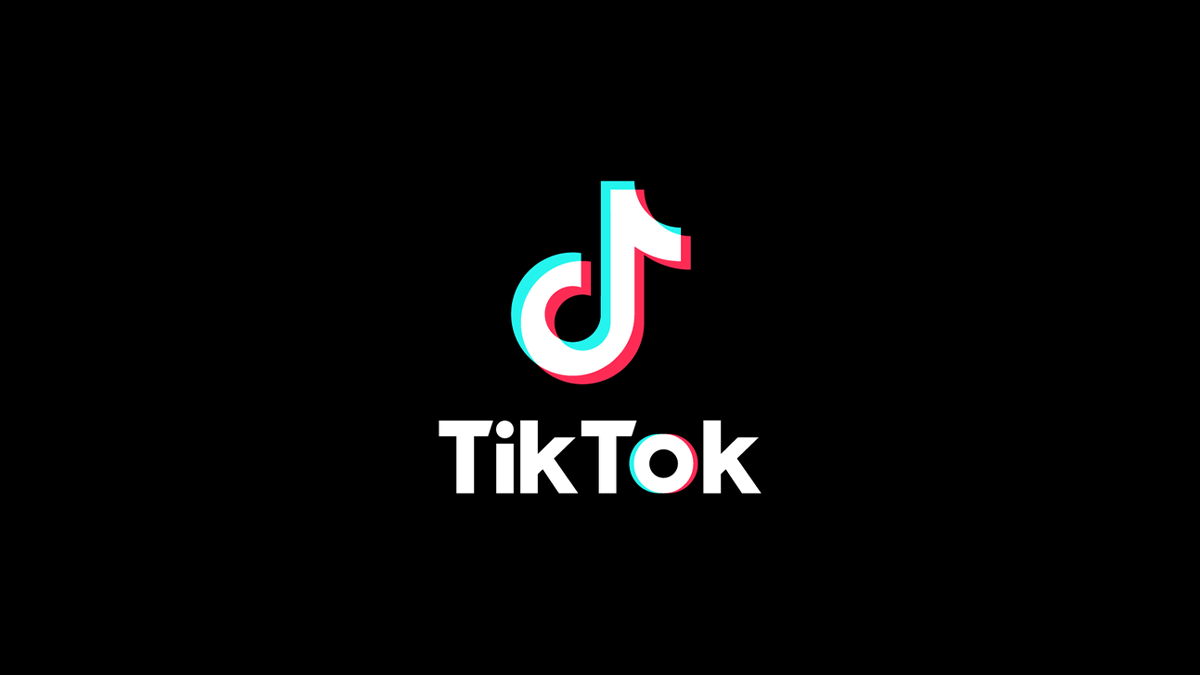
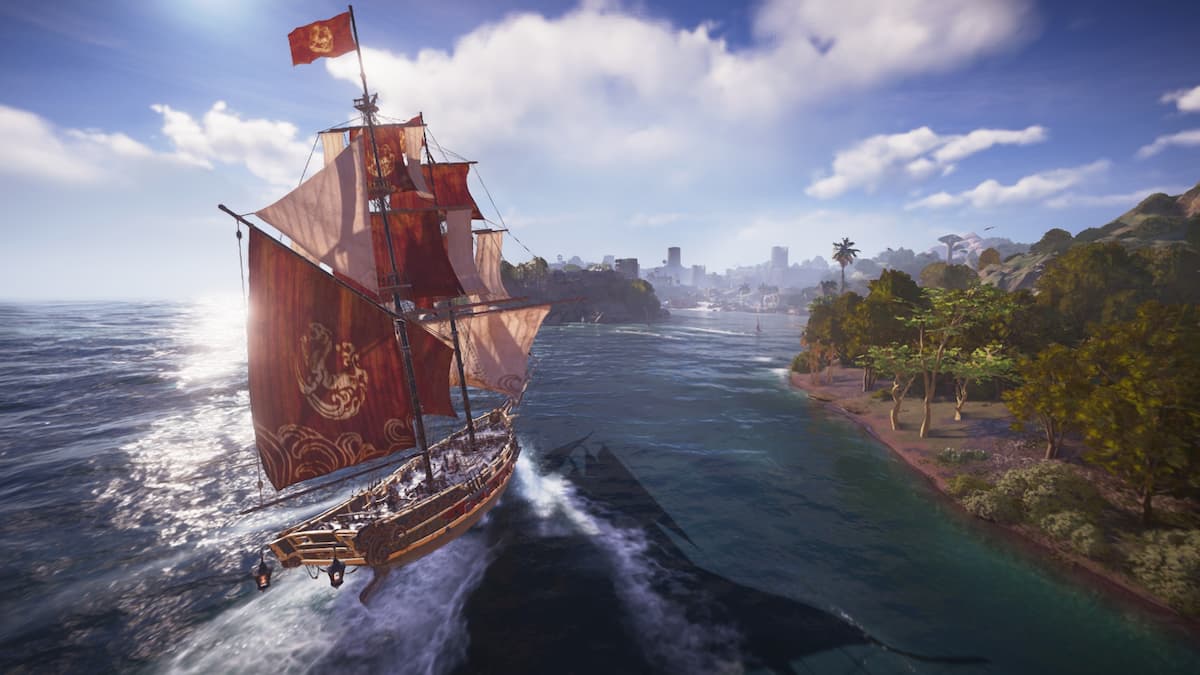
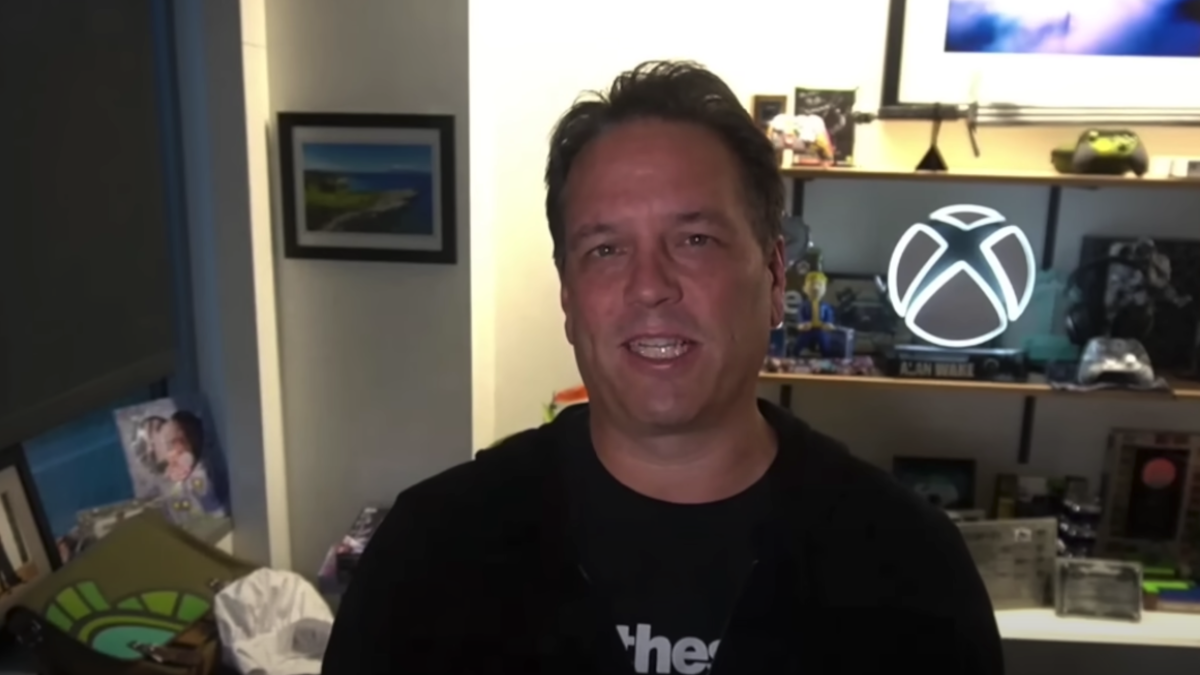
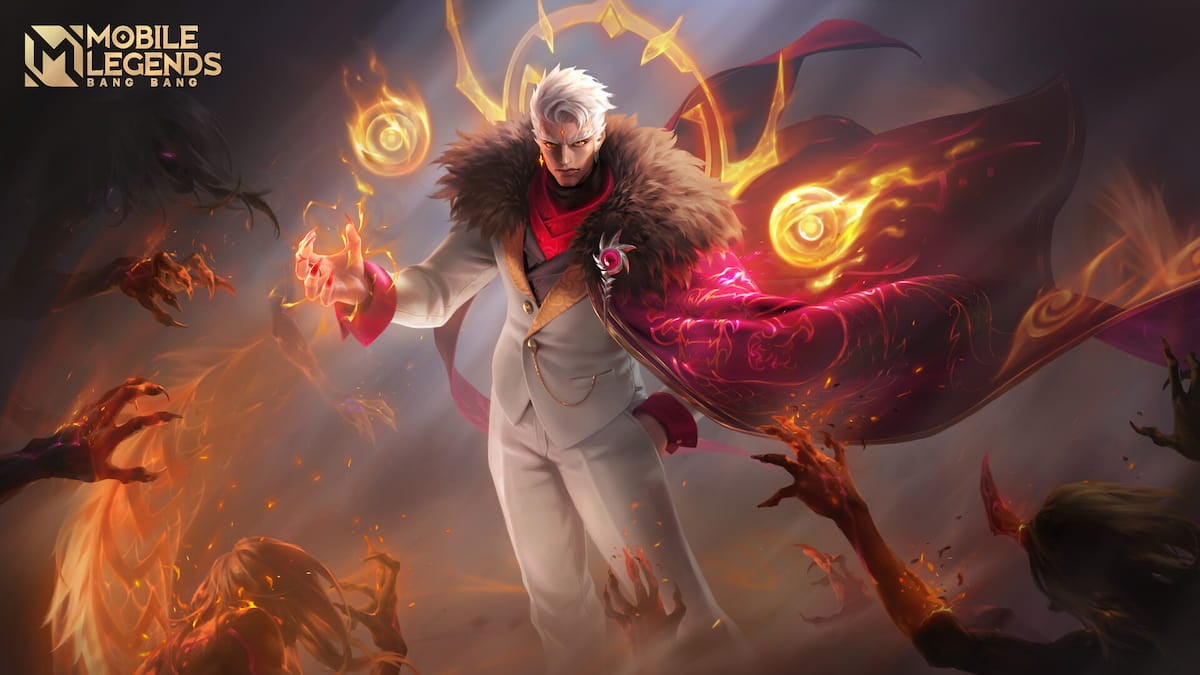

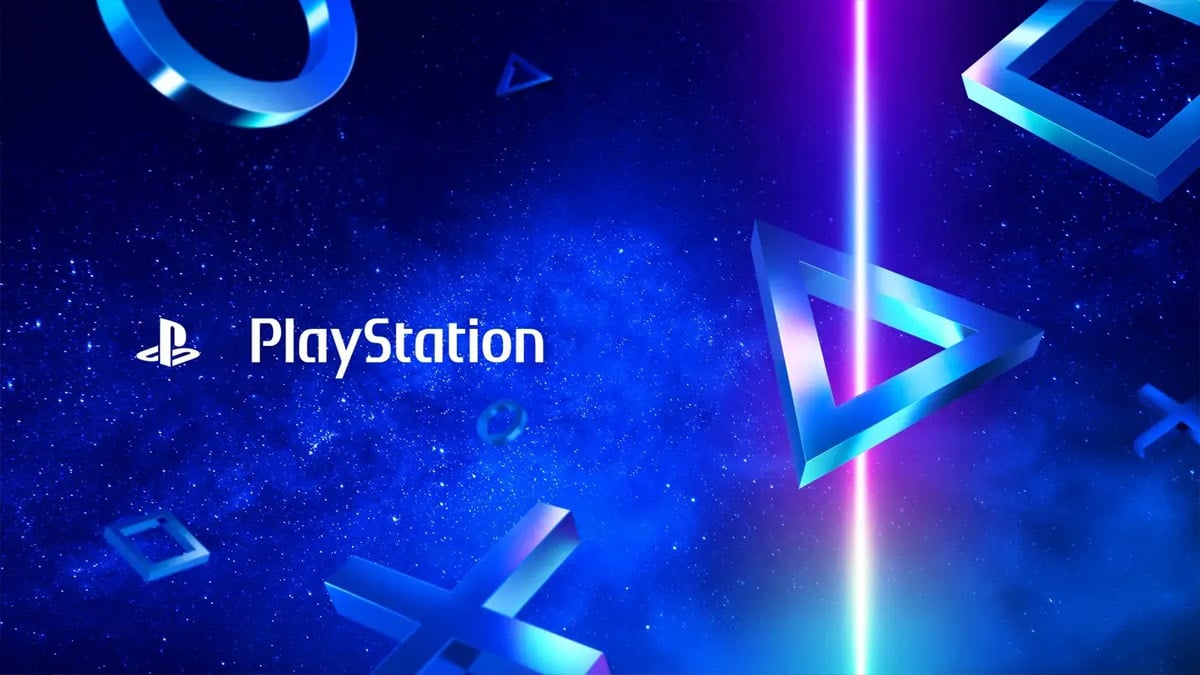
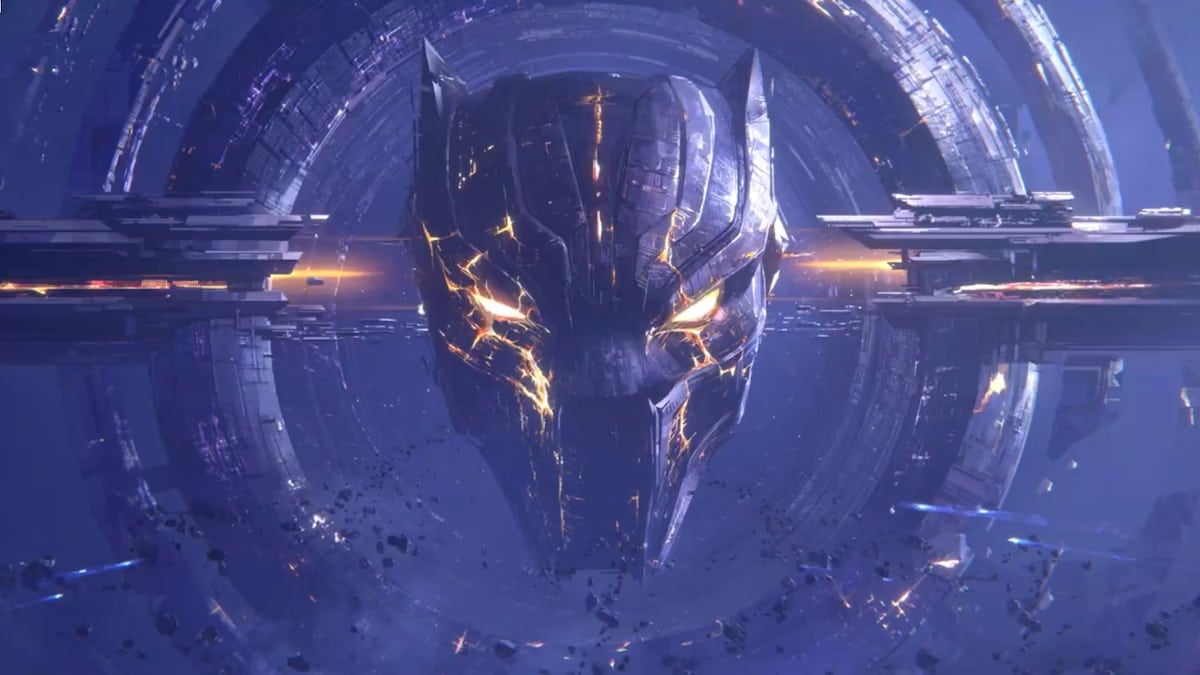
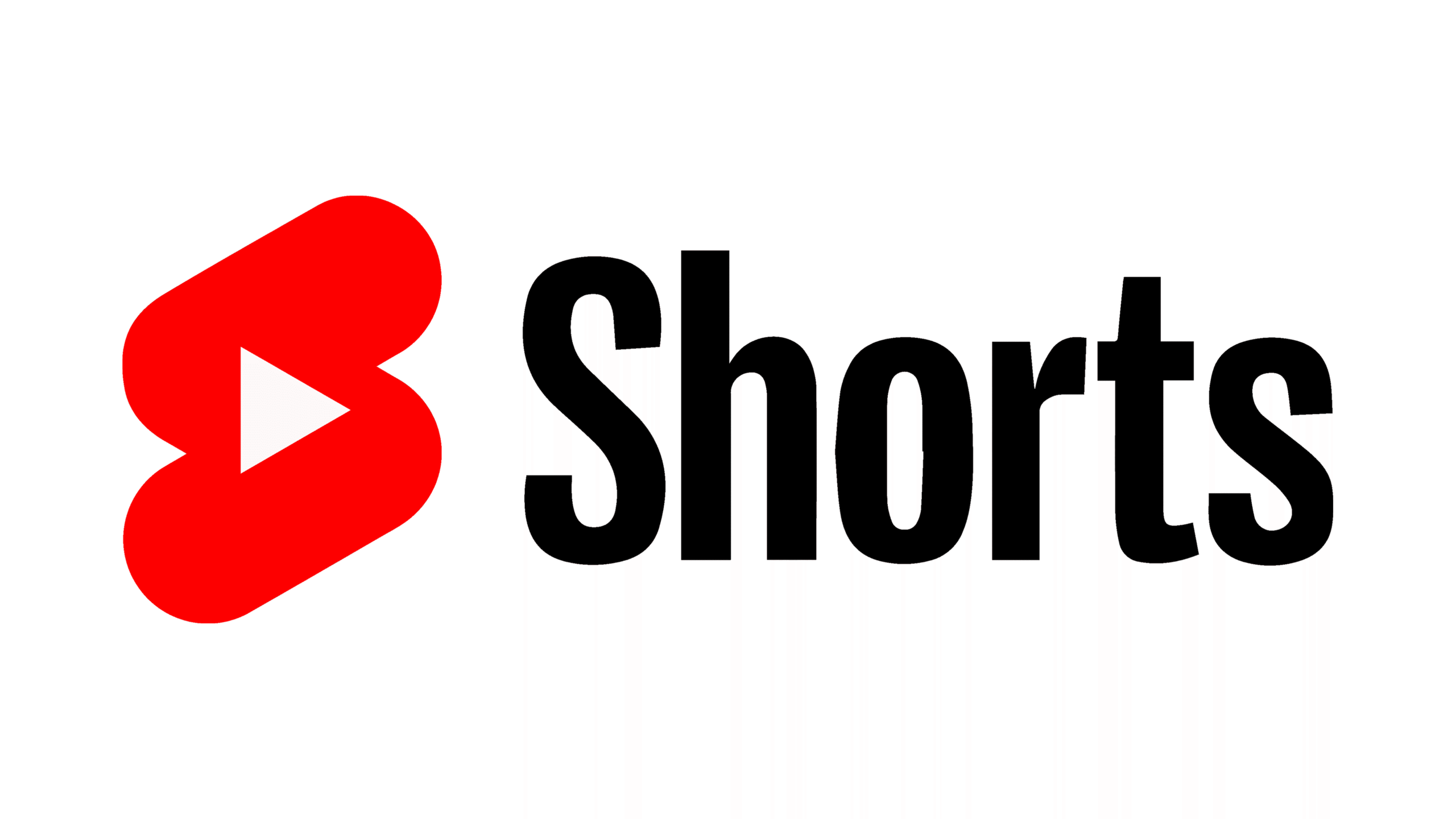

Published: Dec 24, 2014 09:52 am